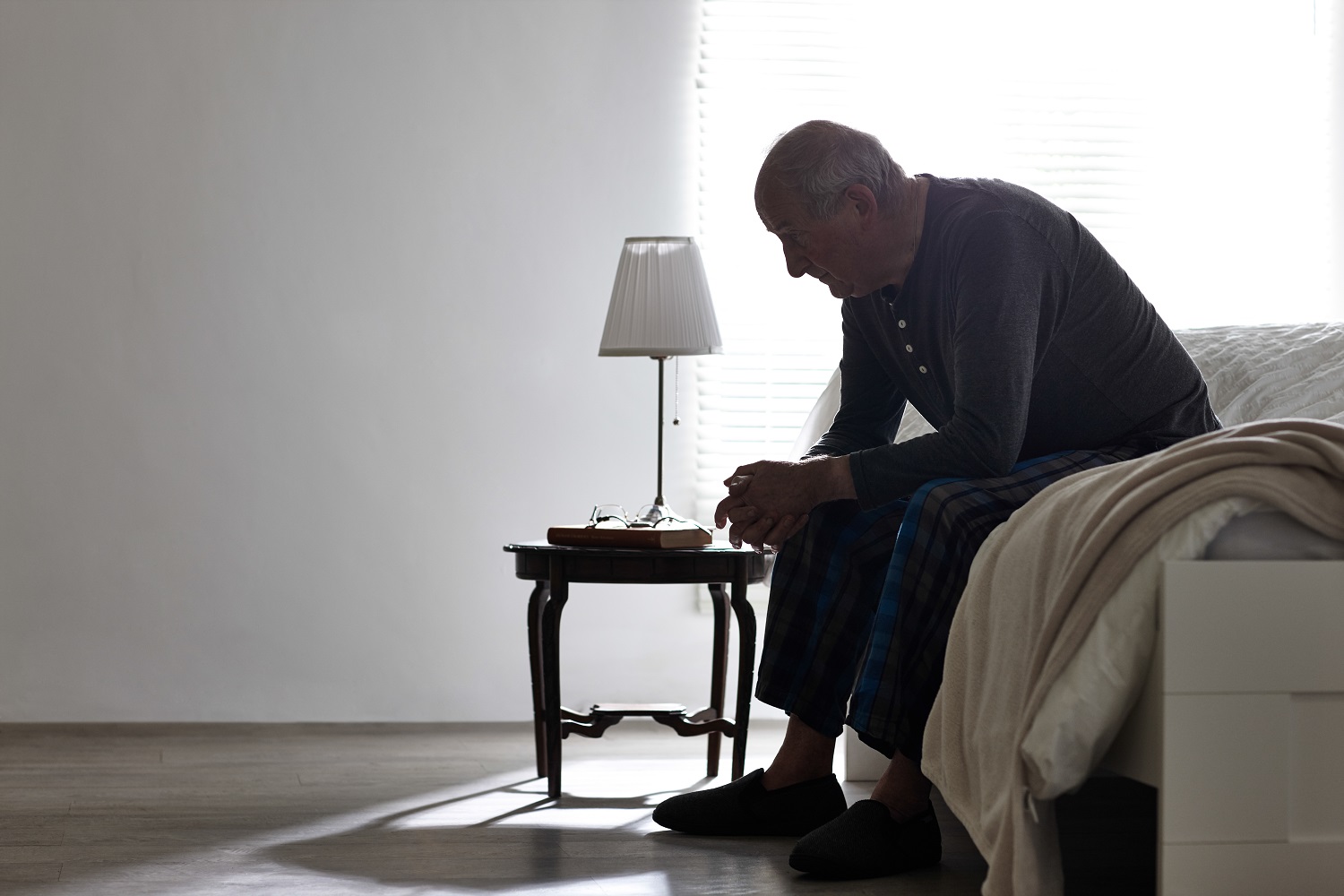
Imagine a life trapped inside your home, with serious health or mobility issues with no treatment or support in sight.
This is the situation that Frail, Housebound, and Bedridden People (FHBP) experience in Australia.
The Australian health system has been designed around a patient physically attending their appointment. Therefore, doctors can’t help FHBP, neither can carers, nurses or the health care support system that is usually available to those suffering illnesses and health issues.
“This means that FHBP miss out on receiving care as they cannot physically attend a clinic or health service because they can’t leave the house,” says Dr Alejandra Pinero de Plaza, a researcher from the Flinders University Caring Futures Institute.
“Ethically, socially, and economically this problem is important for our policymakers because it leads to ambulance ramping, lengthened hospital stays, depression, suicide, poverty, and several other health issues.”
FHBP are people who live with complex, incapacitating, and debilitating illnesses or injuries. They are unified by these crucial characteristics: being trapped and unable to leave home.
It is estimated that FHBP make up 2.4% of the Australian population and often live with health issues that are not recognised as disabilities, leaving them unable to receive health care or see a doctor.
Many FHBP live with conditions such as Myalgic Encephalomyelitis/Chronic Fatigue Syndrome (ME/CFS), a serious, complex, and disabling neuroimmune condition that affects every system in the body, significantly reducing functional capacity.
Dr Alejandra Pinero de Plaza and her team, which includes consumers as researchers, recently conducted a survey to further explore the characteristics and experiences of FHBP.
The preliminary findings concluded that respondents were under-served, under-researched Australians living with chronic conditions, disabilities and rare diseases.

Of the 150 people who responded about their living conditions, 33% identified as living alone, almost half as single, 26% as married and 13% as divorced.
They also described their impairments as physical, neurological, sensory, mental and immunological, with 66% having three or more chronic conditions.
Eighty-five per cent of total survey participants (300 people) have difficulty getting around the home or outside the home, while 78% are unable to leave the house most of the time or at all.
Alarmingly, the majority of the FHBP surveyed reported feeling socially isolated in the past 12 months and have had a reduced ability to participate in family and community events.
However, Dr Pinero de Plaza says the consumers report they have felt excluded from social and health services for decades and therefore “this exclusion effect can not be attributed to COVID-19”.
She says the COVID-19 pandemic and the consequential rise of telehealth services have proved that health care can be accessed without physically attending a GP or health clinic.
However, she says a barrier for FHBP is that telehealth consultations can only be accessed by patients who have physically attended a GP consultation within the last 12 months.
“We can expand telehealth services and use other digital technologies such as apps, mobiles, computers and wearable devices to help FHBP, treat and prevent their health deterioration,” Dr Pinero de Plaza says.
Dr Pinero de Plaza worked alongside Australian health consumers and academics to create and implement the survey. Among the collaborators was co-researcher and consumer Penelope McMillan who has lived experience with ME/CFS.

“It’s very disabling,” she says. “I am only able to access health care when I am well enough. This means that none of my health care providers have seen how badly I am affected. When I was at my most severely ill, I was unable to seek medical care at all.”
Ms McMillian says the most important aspect of this FHBP research project is creating awareness among the community and health professionals.
“Creating awareness is a necessary first step. Without it, people who are homebound will remain invisible, overlooked, excluded from consideration in all aspects of Australian life,” she says.
“However, raising awareness is only the first step. People who are homebound are in urgent need of practical innovations to bring services and supports into their homes, and to enable people to reach out into the community while staying at home.”
Dr Pinero de Plaza’s research efforts concerning FHBP were spawned following the publication of a startling blog post by Ricky Buchanan, who suffers from ME/CFS.
Her report Just Invisible – Medical Access Issues for Homebound/Bedridden People, was published in 2018 and detailed the extensive and systematic problems that homebound and bedridden people have with accessing the medical health care system.
Dr Pinero de Plaza says there is room for creating, alongside consumers and clinicians, solutions to this “wicked and complex problem”.
“It has to be addressed through different ways so we can activate a network-level response,” she says. “If we have awareness, perhaps we can get decision-makers involved. If you get teaching tools, perhaps we can get GPs interested.
“If we get the IT and technology, perhaps we can get industry interested in investing. It’s like a spider web with ripple effects.”
For more information on FHBP visit the Dr Pinero de Plaza research program site, or the ME/CFS SA website and the FHBP Facebook page.
To access the preliminary report for the community: Pinero de Plaza, Maria Alejandra (2021): Making the Invisible Visible: Exploring the Experiences of Frail Homebound and Bedridden People. figshare. Online resource. https://doi.org/10.6084/m9.figshare.14417987.v3
For more information on a recent research article: Maria A. Pinero De Plaza, Alline Beleigoli, Alexandra Mudd, Matthew Tieu, Penelope McMillan, Michael Lawless, Rebecca Feo, Mandy Archibald, Alison Kitson: (2021) Not well enough to attend appointments: telehealth versus health marginalisation. Research article, 72 – 79, DOI 10.3233/SHTI210013, Studies in Health Technology and Informatics, Volume 276: Healthier Lives, Digitally Enabled.

